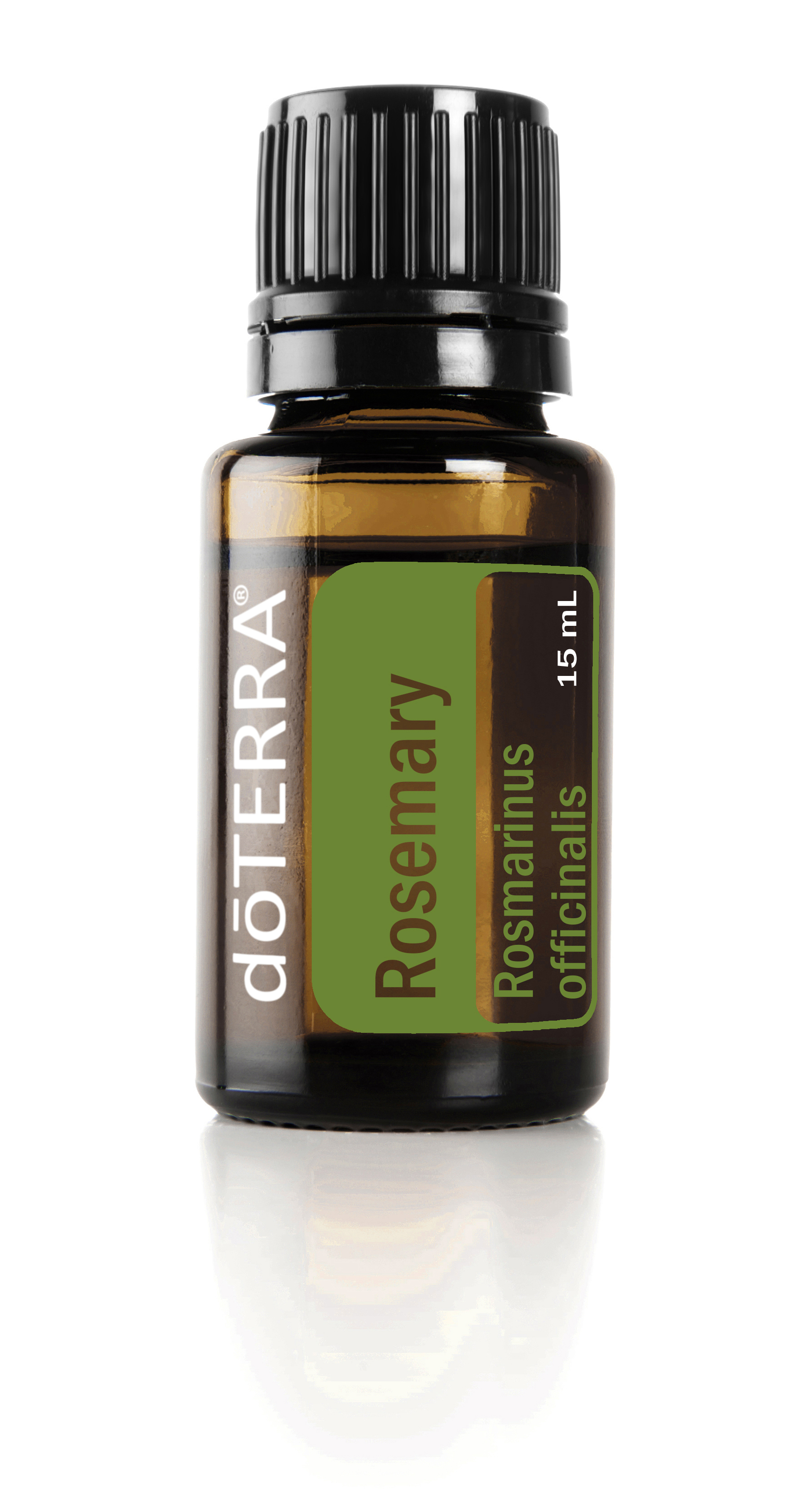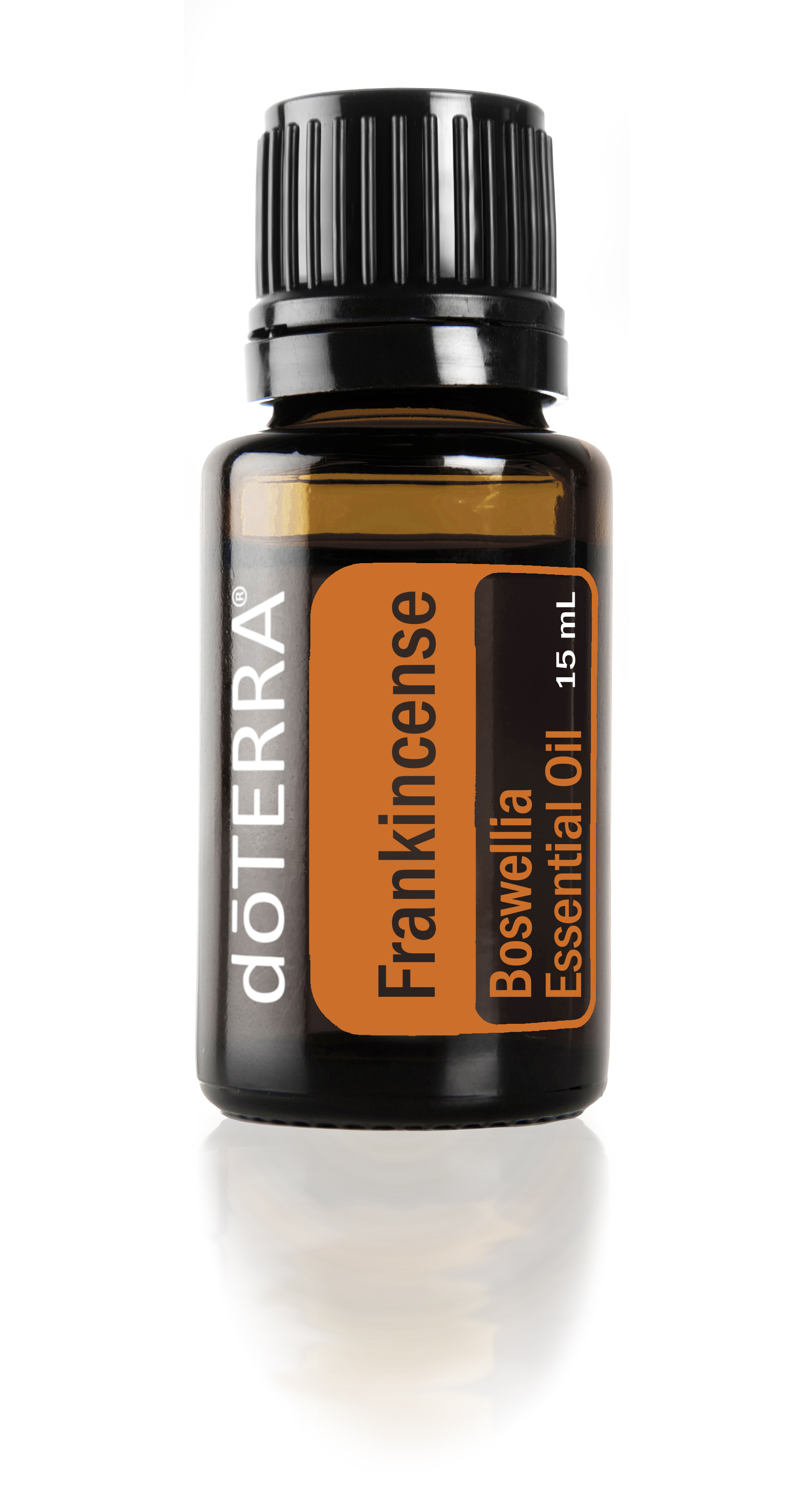If
you have had the pleasure (rather displeasure) of watching your zucchini,
squash or pumpkin vines suddenly keel over or leaves wither away you may have
encountered a squash vine borer.
Ugh!
How
do you know if you have a squash vine borer?
You
can usually find a hole at the base of the vine stem where they have chewed
their entry point with wet sawdust looking stuff as evidence (this is called
frass).
Well
shoot… Now what?!
Once
borers are inside your plants you have two options: ignore them and harvest
what you can until your plant succumbs to it’s miserable fate (which it will
not take long) OR you can intervene. If you have 2+ months left of growing
season left it may worth trying to mitigate further damage. You could also
plant another batch of squash (keep a good eye on them just in case).
Apply Bt (Beneficial Bacteria Spray).
This
is my #1 preferred method of prevention and population genocide for these
buggers and cabbage loppers.
Apply
Bacillus thuringiensis (aka “Bt”) spray on the leaf stems and main
stem of the plant (not the flowers because this can affect our pollinators and you
want to protect those). Here is a great Bt product you can buy.
 |
You can see the yellowing of the leaves
in this picture. This is a good indicator
that something is amiss. |
BT is a naturally occurring bacterium found in soils around the world. Research
indicates that it is virtually harmless to non-target species (hence its
approval for use in organic farming).
I
aim to spray Bt on the stems and leaves of my plants once per week (or
more if there’s a lot of rain), the squash vine borer’s eggs or larvae will be
killed quickly, long before developing into large enough larvae to harm your
squash plants. Many organic farmers use Bt spray, and it may be the
most effective way to deal with borers and other squash pests.
To
further minimize any potential harm to pollinators (just in case the current
science is wrong), spray the plants as late in the evening as possible when
daytime pollinators begin to go inactive, and avoid spraying the flowers.
You
can even inject Bt into a squash plant’s stems if the larvae have already
bored into the plant. In my opinion I would only do this if the plant isn’t
already limp. I generally opt for the next intervention. You would just the
same tool you use to inject a turkey.
Perform squash surgery.
Let’s
say you find an obvious entry hole on the stem of your squash plant with frass
around it, but your squash plant still appears to be healthy.
What
to do?
Break
out the surgical tools and play doctor!
A
box cutter or sharp knife and tweezers is really all you need.
First,
make a straight incision down the stem of the plant (not across the stem
which would sever it) starting where the hole is located. Cut as little as you
have to until you spot the culprit, or culprits if there is more than
one.
You’re
looking for white grubs with a black head. Remove them with tweezers and destroy
them.
Then sprinkle some cinnamon over your incision (it will help with recovery) and cover the affected vine both at incision site and above the area with mulch/soil
so that it can establish more roots. With some luck, your squash plant will
continue to do well.
Side
Note: Chickens love squash vine borer larvae and tomato hornworms. Can we say dessert?
Plus it’s fun to watch them go bananas over them.
The
following are more preventative options:
Mulch the squash plant’s stems &
watch for eggs.
Keep
the main stem of the plant covered with mulch as it grows along the
ground. This helps prevent the adult Squash Vine borer moths from laying eggs
on the stems. If the larvae bore into the main stem area of the plant, it won’t
take long to kill the plant.
This
method also helps vining and crawling squash varieties set new roots along
their stems as they grow, so that the plants can continue to support new growth
even if they have been infected by a squash vine borer further down the stem.
If
you go this route, also be sure to keep a careful eye on the leaves of your
squash plants, since borers also lay eggs on the leaf stems or undersides of
the leaves. Squash vine borer eggs are small, round, shiny and
copper-colored, very similar in appearance to “squash bug” eggs.
The
difference is that squash bugs (aka demon spawn) lay multiple eggs in very tight
clusters whereas borers will often only lay a single egg in one spot — or if
laying multiple eggs, the eggs won’t be tightly clustered.
If
you see either type of egg on your squash plant, remove them by hand immediately and destroy or drop them into a cup of soapy water. I find having an old cool whip container with a lid filled with soapy water in the garden to be helpful for just this sort of purpose. Duct tape works well for removal as well. The eggs stick right to it.
Also,
if you see one leaf on your plant has gone limp and the others have not, this
is a good indication that the limp leaf has a borer inside its stem, especially
if you spot an entry hole. Cut the leaf and leaf stem off of the plant
immediately, as close to the main stem of the plant as possible. Then make sure
you bring swift and brutal punishment to the small white squash vine borer
larvae munching inside.
Grow resistant squash varieties.
Most
summer squash varieties are very susceptible to vine borers. However, there are
other types of squash you can grow whose tough, thick stems are not nearly
as susceptible to squash vine borers.
Use a row cover.
Want
to be sure no squash vine borers get to your squash plants? I live in the
Mitten State (aptly named give our winter season) so they don’t usually manage
to over winter in my garden beds, but they may in your area.Row
cover is a lightweight fabric that lets sun, water, and air in, but keeps
insects out, which means you’ll need to play the role of pollinator. Go outside
with a q-tip or small paint brush in the morning to pollinate your squash
plants by hand. Male flowers tend to be open early.Using
your q-tip, collect pollen from your male flowers. These are the ones that
don’t appear to have baby fruit at the base of the flower. Then rub the pollen
on the stigma of the female flowers. These are the ones that have baby versions
of the fruit at the base of the flower. Then cover your plants back up.
Some gardeners have found success with wrapping the stems with foil to prevent the squash vine borer from being able to chew into the stem. I have yet to try this but I may as they are the BANE of my garden!
Keep those hands dirty and bee good!




















